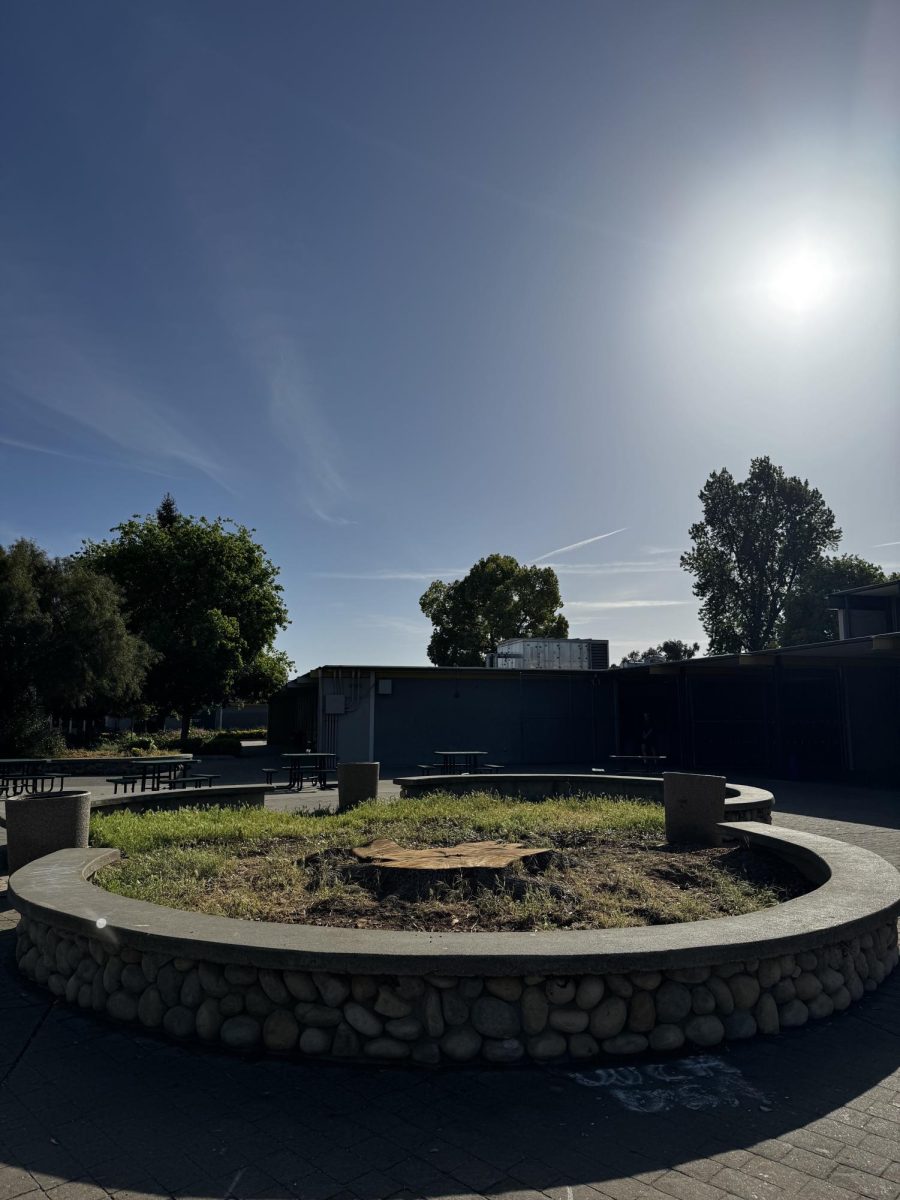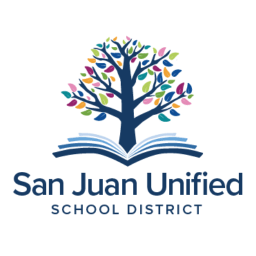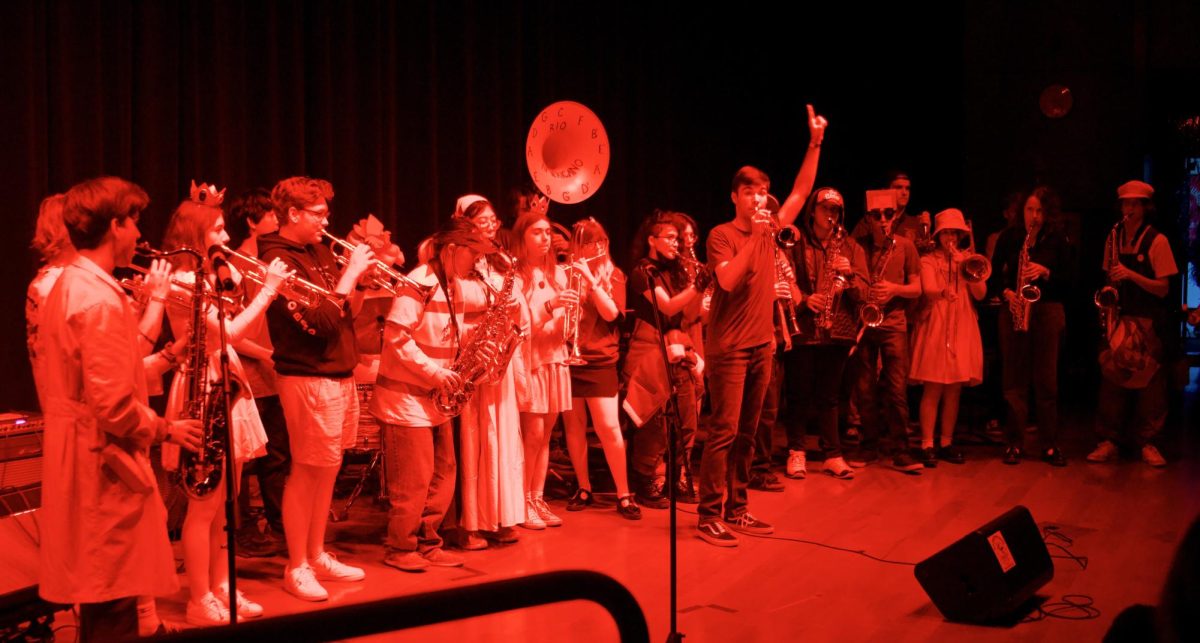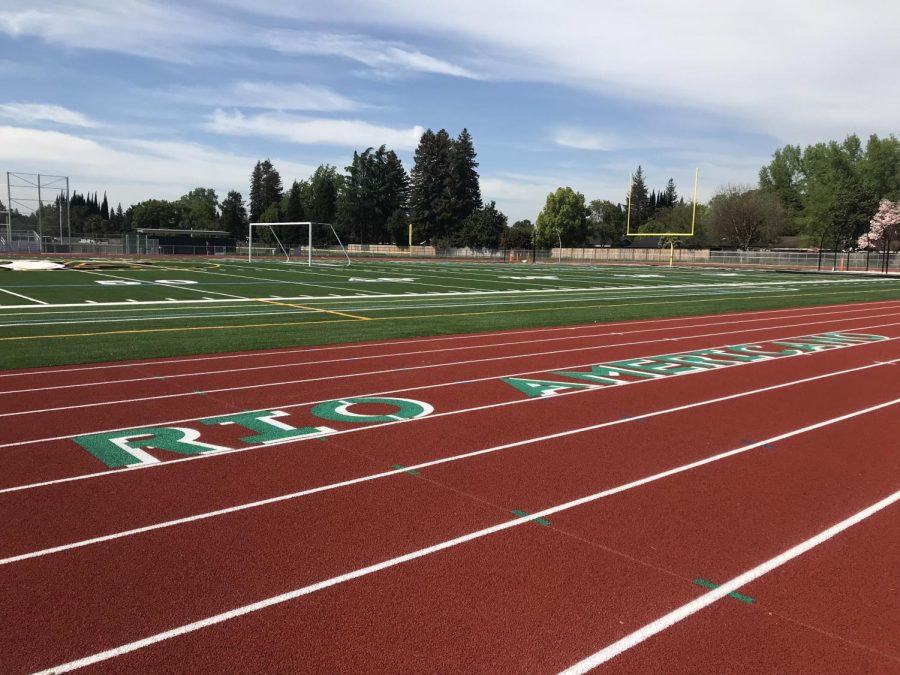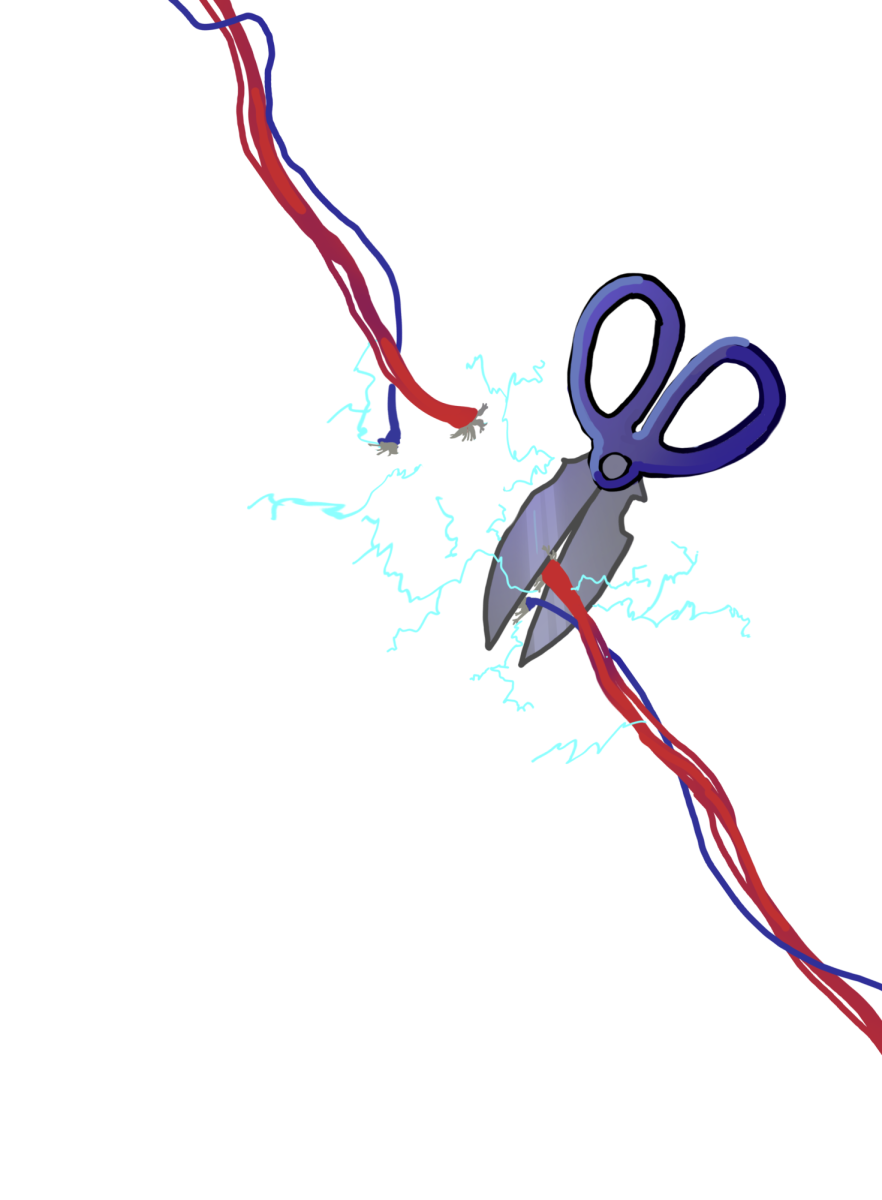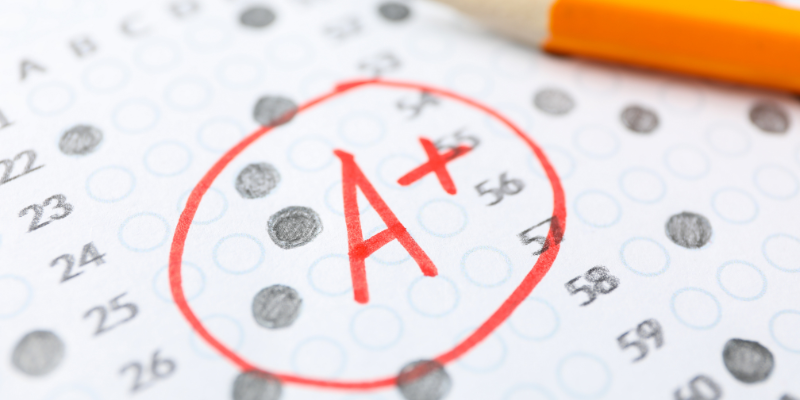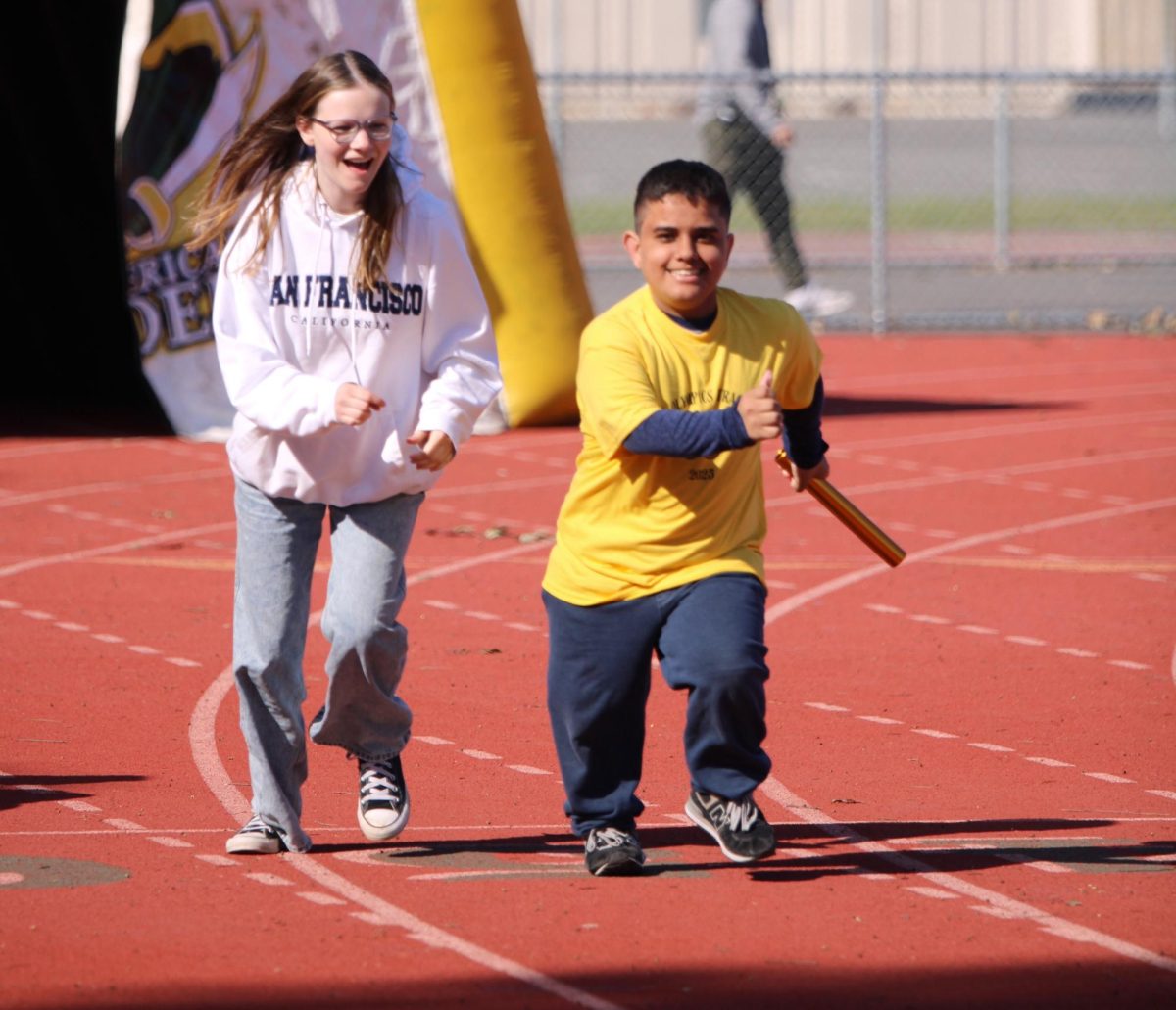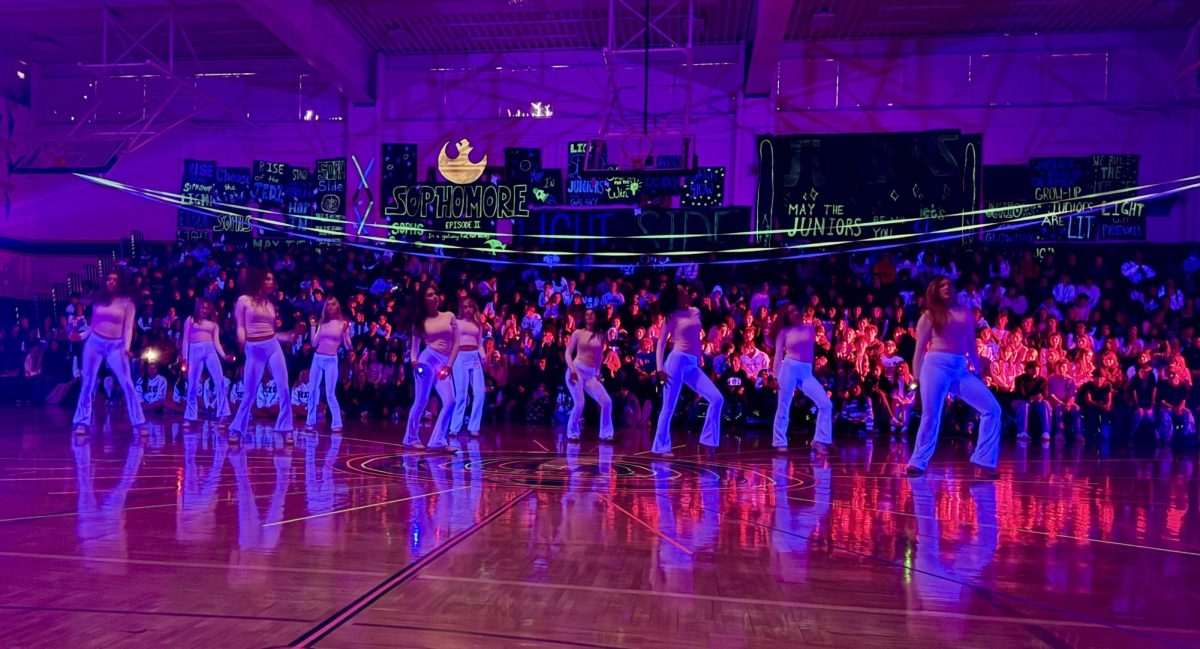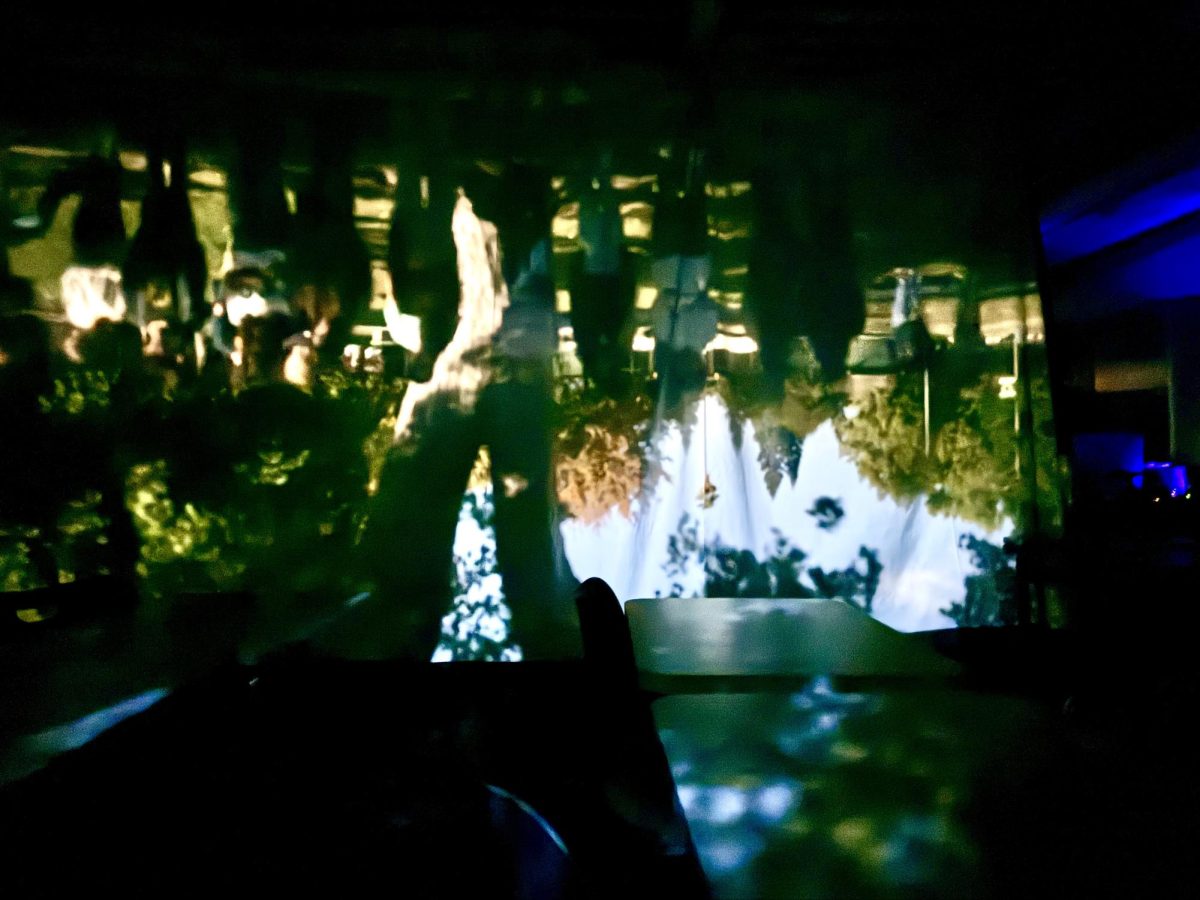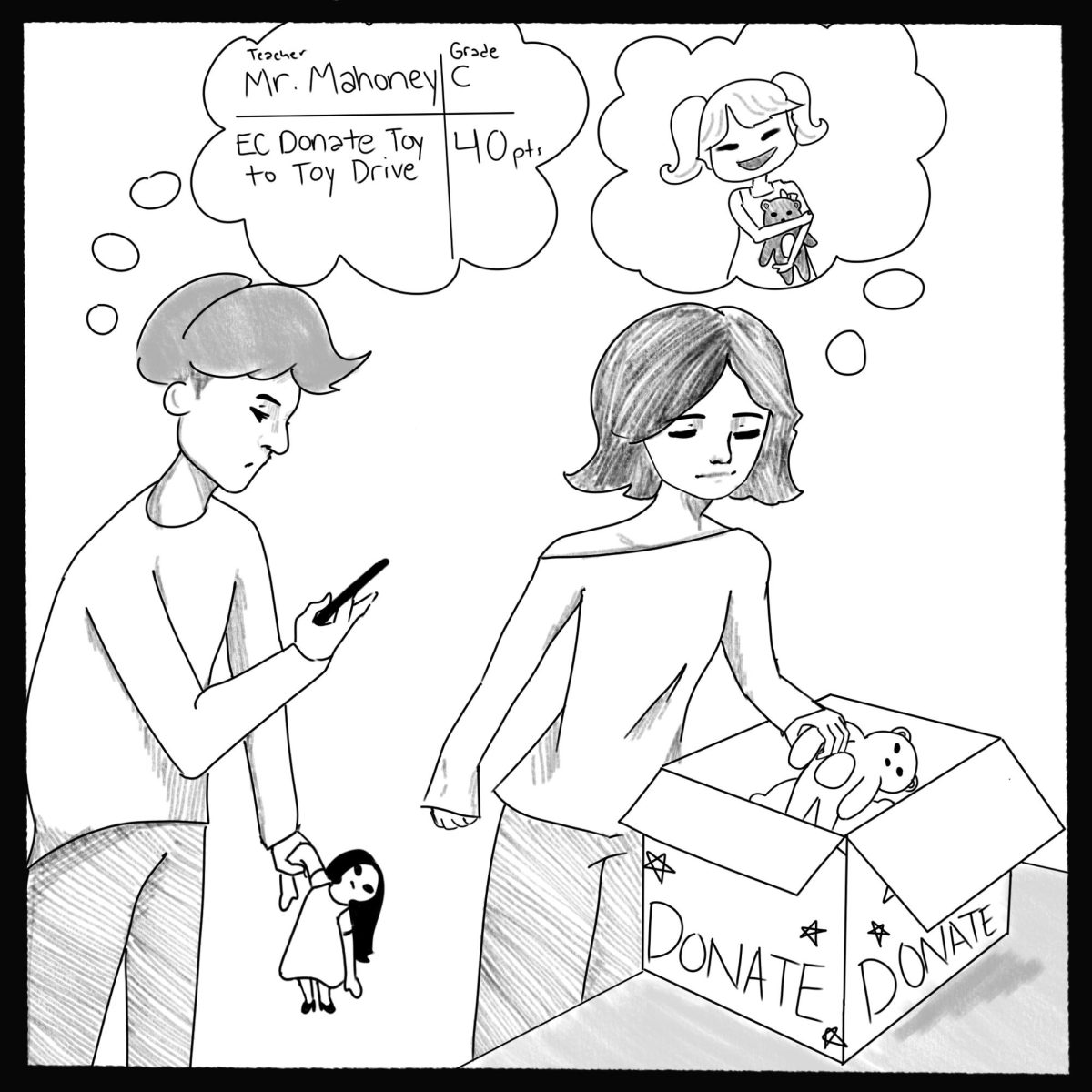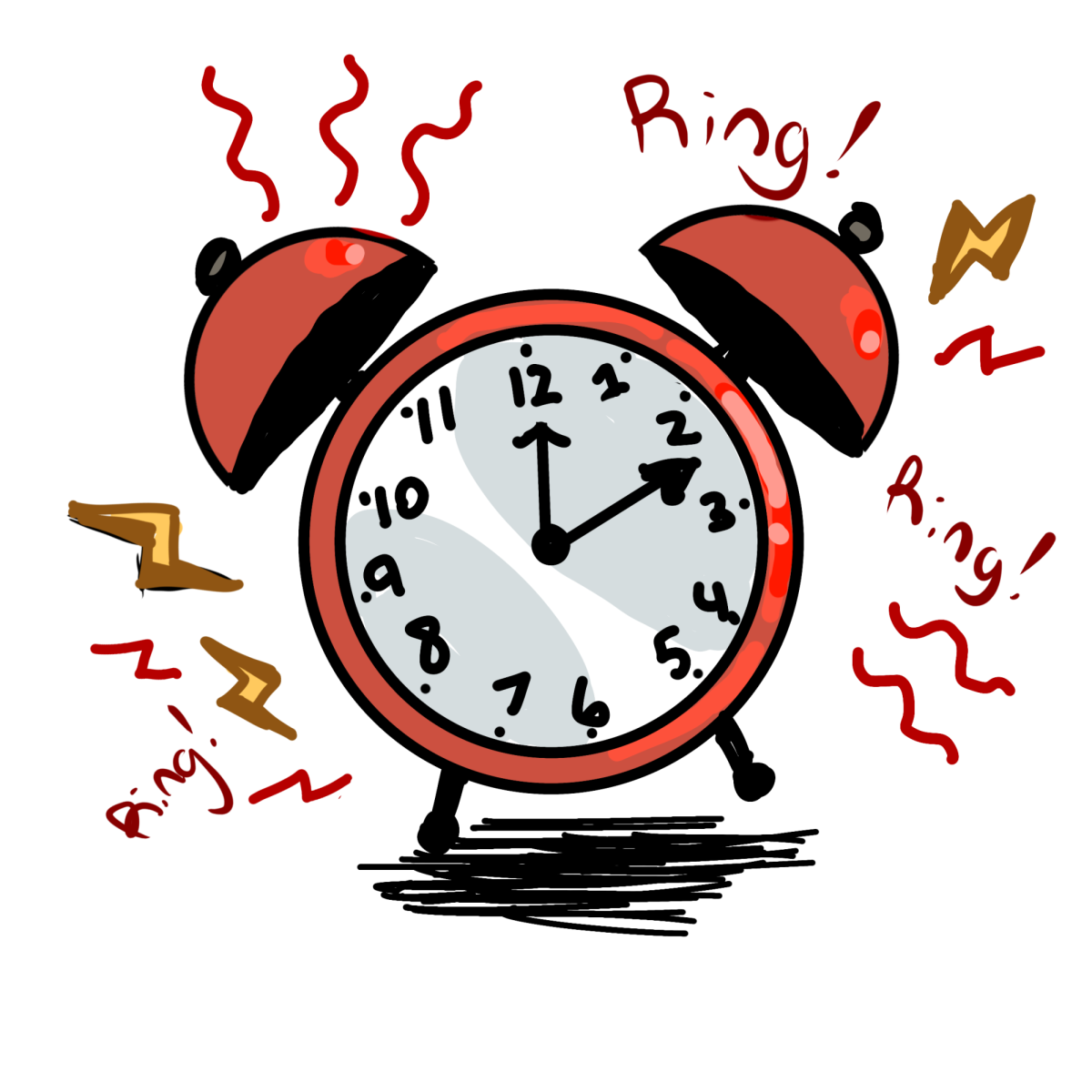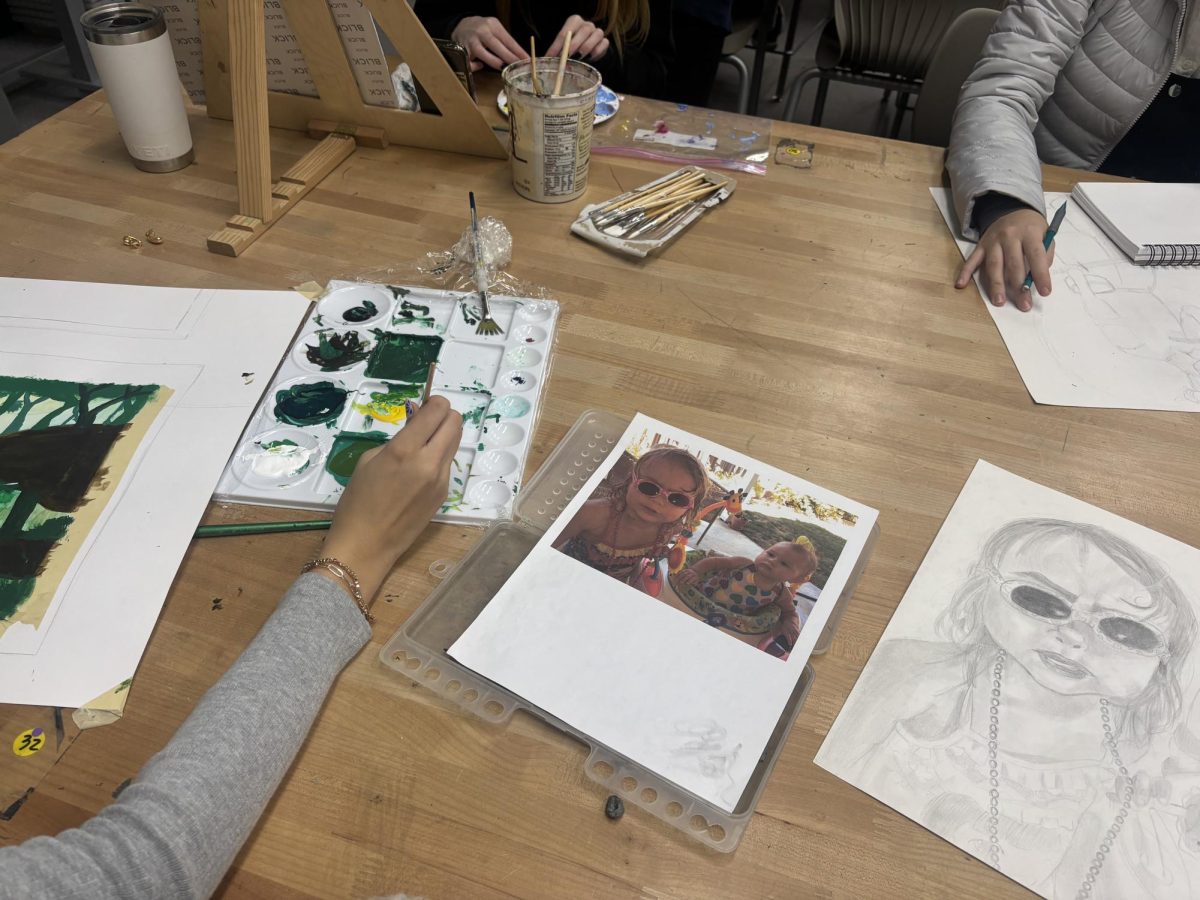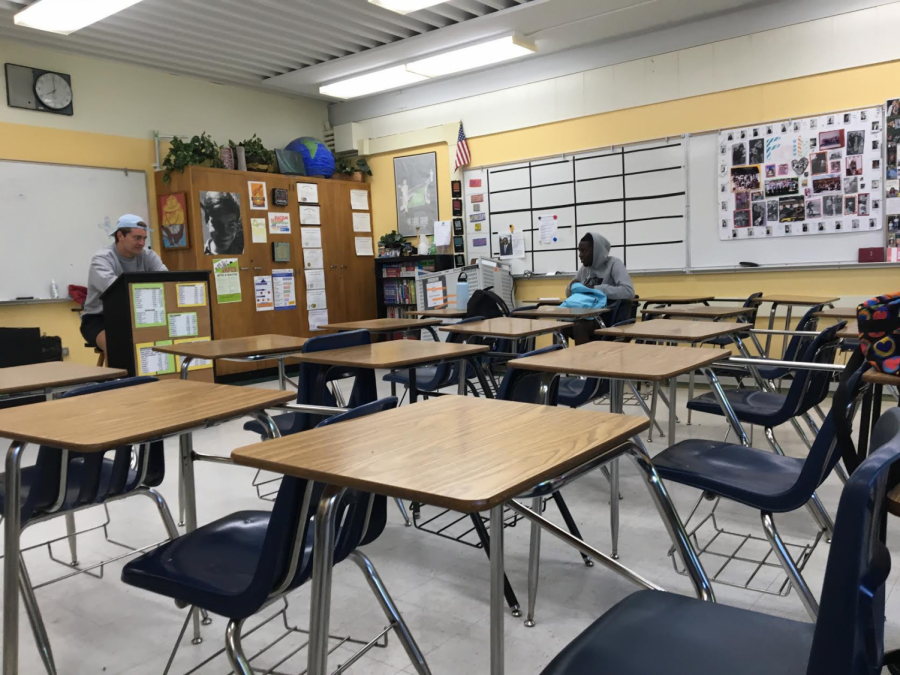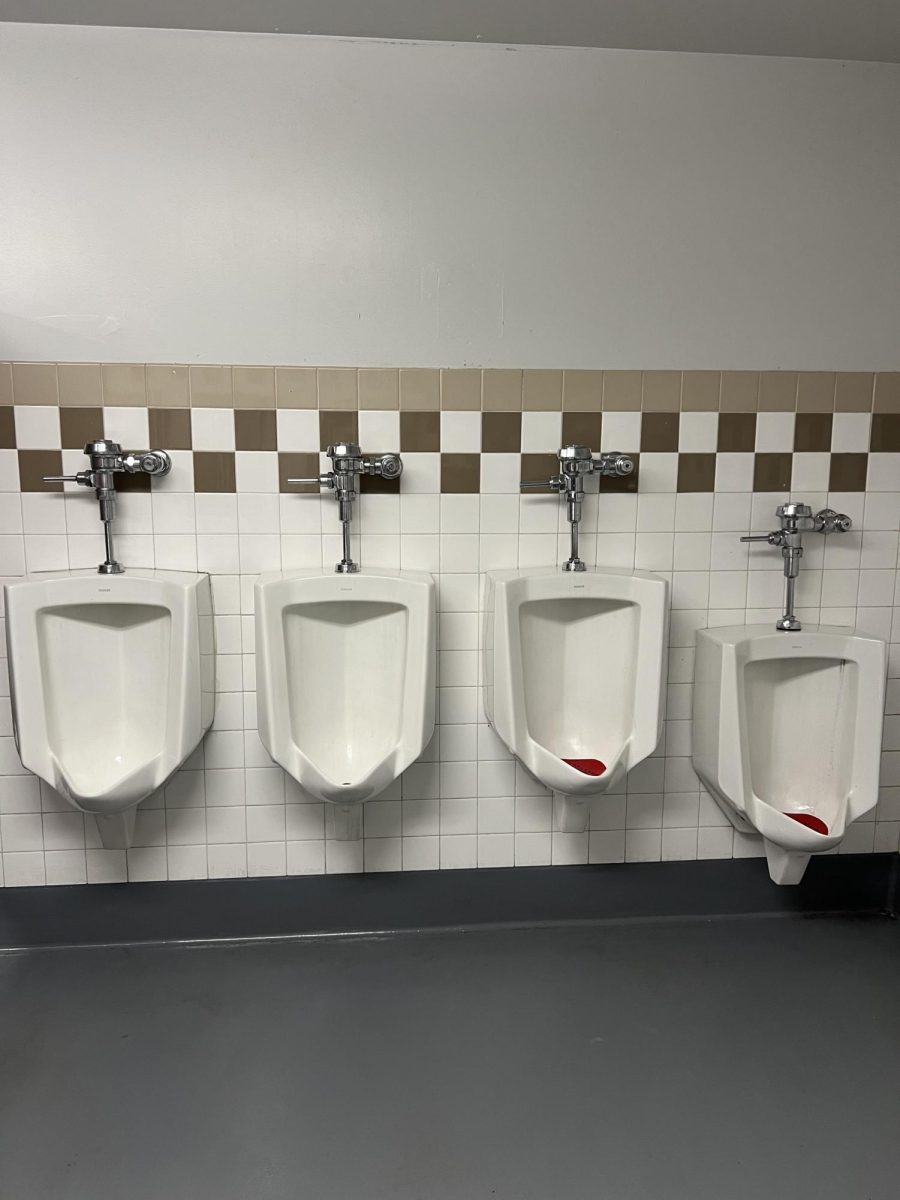The hum of music floats in the air of a music classroom. It fills the silence and creates a magical atmosphere, igniting students’ creativity and curiosity.
In recent years, educators have recognized the value of music in learning, from enhancing cognitive abilities to fostering emotional well-being. But as vital as music programs are, they aren’t enough. To reap the benefits of music for all students, schools must start musical training at an early age and integrate music into different educational settings.
Numerous studies have shown the cognitive benefits of music in education. Research consistently shows that music stimulates various brain areas, enhancing functions such as attention and problem-solving.
Gary Gibson, an executive director of an after school non-profit, writes about a study conducted by the University of British Columbia involving nearly 100,000 students, which showed that students with previous instrumental training had higher test scores (Gibson). Having this advantage facilitates learning because music enhances brain function. Students who participate in musical activities are able to learn things more quickly and are more academically successful. Having this academic advantage is beneficial to all students.
Music also plays a vital role in emotional and social development. Learning environments incorporating music promote emotional regulation, reducing anxiety and fostering a sense of belonging. Karen D’Souza, an arts education writer, tells the story of a girl named Amy Richter. D’Souza states, “Diagnosed with dyslexia, she also found that music helped her cope with her learning disability. It helped her gain focus and confidence.” Children like Richter use music as an outlet. Even with disabilities and differences, children are helped by music. Students participating in musical activities often report higher self-esteem and improved social skills.
The results of music on the brain also include social skills. In an article by science writer Nyla Gilbert, she connects how music stimulates the brain by explaining the science behind it. She then quotes Dr. Anthea Innes, “Working together to produce a collaborative output is a powerful way to bring out the best in people — not just in terms of their musical skills, but their communication skills, friendships, care, and support for one another.”
The parts of the brain that are stimulated are used for life’s skills such as decision making which is important in social and personal growth. In group musical activities like playing in an ensemble or singing in a choir, individuals must work together, listen to each other, and promote teamwork. Additionally, music helps individuals build empathy by allowing them to connect emotionally with others through shared musical experiences. It also boosts self-confidence, encouraging more open social interactions. Music creates a unique platform for individuals to develop important social skills and improve their ability to communicate effectively.
To fully leverage the benefits of music in learning, educators must integrate it thoughtfully into their teaching strategies. Schools can encourage parents to begin musical lessons earlier for their children by highlighting the cognitive and emotional benefits of music.
Music can be integrated into the learning curriculum by incorporating musical activities across subjects. For example, teachers can use songs to reinforce language skills, teach math concepts through rhythmic patterns, or explore history through music from different eras. By making music a regular part of the learning experience, teachers can foster an environment where students see music not only as a skill to be developed but also as a powerful tool for understanding and engaging with other subjects.
Teachers can integrate music into a high school environment outside of the formal curriculum by using it as a tool to create a positive learning environment and stimulate the brain. One way to do this is by playing background music during transitions between classes or while students work independently, which can help create a calm, focused environment. Teachers can also use music as a motivational tool, such as incorporating it into classroom celebrations, special events, or morning routines to boost morale and create a sense of community.
By recognizing music as a vital educational resource, we can encourage a better teaching approach that engages students on cognitive, emotional, and social levels. We need to make music not just an extracurricular activity but a fundamental part of the learning process. By doing so, we not only improve students’ academic careers but also prepare them with the skills necessary for success in the future.
Amanda Tran is a junior at Rio Americano High School and a band student.





